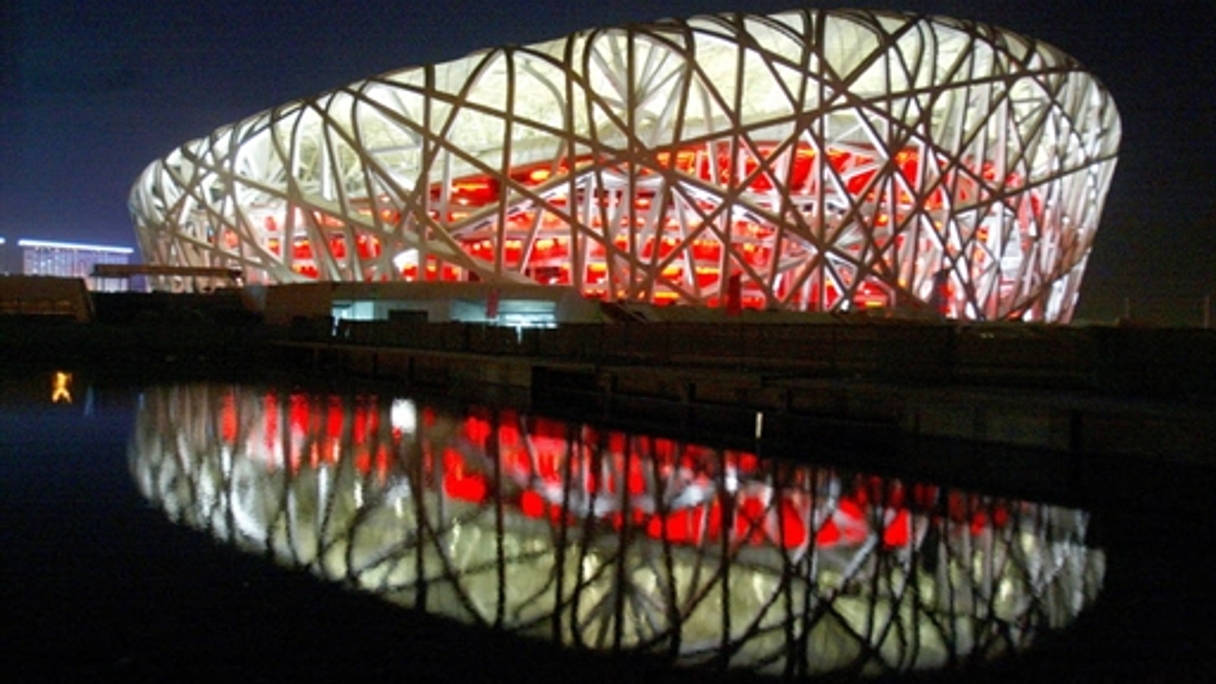On a day when all eyes were on the tightening credit conditions in China and the potential for more interest-rate hikes in the near-term, Yuanda China Holdings stepped forward and kicked off the institutional roadshow for an initial public offering of up to HK$4.17 billion ($537 million).



